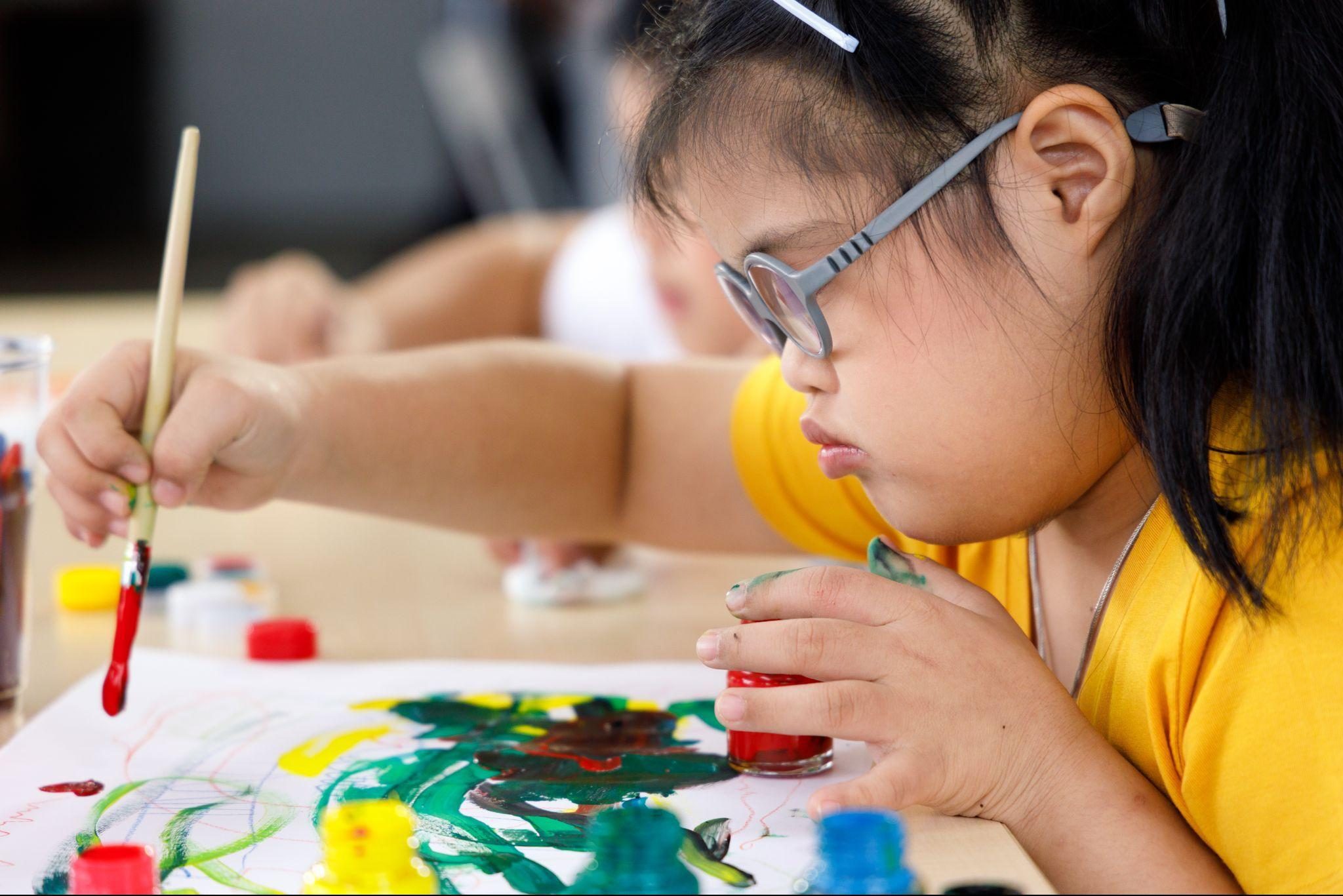10 Ways Teachers Effectively Help Students With Special Needs
by on 02/08/2025 ...

Inclusion is a wonderful thing. Children with special needs are no longer solely encountered at the playground or in the lunchroom, where they are secluded in “Special Ed” classrooms. When their peers are around, children with special needs thrive.
There are many things that children with special needs may learn from other kids, as well as so many friendships that can be made. If the classroom is designed to meet the requirements of the students, especially those with autism spectrum disorder and other learning difficulties like ADHD, the student’s academic and social performance improves.
Here are some things that a parent can expect when sending their child to a special needs school.
What To Expect In Special Needs Schools

Special needs schools focus on children with educational issues, which sets them apart from ordinary schools. They are set up, managed, and equipped to offer children with special needs the required assistance.
Levelling the playing field is a goal of these institutions. They provide specialised support to help kids achieve age-appropriate educational objectives.
Their educational philosophy is not “one size fits all.” Rather, they provide specialised programming to address the many demands that each kid has. This covers not only educational demands but also social and emotional ones.
How Teachers Help Students With Special Needs Effectively:
They Maintain An Organised Classroom
For children with special needs, structure is crucial, and it could also be beneficial for the educator. Maintaining a daily schedule will benefit the teacher and pupils, whether they have one student to monitor or twenty. Additionally, maintaining a classroom’s tidiness will reduce stress and distractions.
They Set Classroom Tables In Rows

Instead of implementing circular seating around big tables, teachers can try to arrange the tables in the classroom in rows. Children with autism require their own space. A seat facing forward near the teacher is preferable for students with ADHD because they get easily sidetracked.
Additionally, students with special needs are easily distracted. As such, keeping their tables away from the classroom’s windows, doors, and activity areas can minimise distractions.
They Treat Each Student As An Individual

Since each child with special needs is different, teachers must aim to get to know them as individuals rather than just by their diagnosis.
It’s possible that the teacher will be in charge of creating IEPS as a special education educator. They may be a useful resource for the teacher and you as a parent. As such, the IEPS will make the collaboration between you and the teacher to develop a learning approach that benefits everyone easier.
They Display Classroom’s Rules In A Visible Area
Teachers should display the rules in clear view in the classroom and review them frequently. As part of the daily practice, the teacher can have the children recite the rules aloud.
This will ensure that each student is aware of the regulations of the classroom and the repercussions of breaking them. It could be beneficial that the teachers involve the class in creating the rules for the classroom.
They Form Small Groups

Small groups of two or three students can be formed within the class and categorised according to their level to personalise the teaching without cutting into class instruction time. Besides that, students could also be grouped according to their educational goals and developmental level.
They Rotate Lessons
Rotating the lessons among the several groups or centres would allow the teacher to present new material to one group on any given day. At the same time, the teacher would simply have to check in with the others who are engaged in more independent activities. In a lesson cycle like this, the teacher assistant may also be essential.
They Incorporate Specialised Instructions With ‘The Basics’

Teaching broad topics to the entire class while combining them with individual guidance is yet another method for instructing students at various levels.
Individual students can gain from this regardless of their degree of skill because every academic subject contains some general ideas that may be useful. For students with higher proficiency levels, the teacher can always offer some extra material.
Offer Books And Materials At Various Levels
It is important that teachers have various levels of textbooks and other teaching resources accessible for each subject, as there will be a range of proficiency levels in the classroom. Each child can study at a suitable level if various levels are available.
By doing this, the child experiences less aggravation and gains more self-assurance and forward momentum.
Keep Things Simple
It’s crucial to divide tasks into simple, achievable steps when instructing children with special needs, and teachers for special needs students are known to keep assignments brief. Children with special needs are more likely to become confused or irritated the more complex things are, which increases the obstacles that special education teachers already experience.
Maintain A Consistent Schedule
Children with autism typically value consistent schedules. If the usual routine is about to change, provide advance notice. Teachers often inform the class beforehand of any upcoming field trips, special visitors, or substitute teachers. For a student with autism, sudden routine alterations can be stressful.
These Simple Steps Help Students With Special Needs To Cope In A Classroom

Throughout the child’s educational career, the parent of a child with special needs will encounter an infinite variety of problems. It will be much simpler for you and beneficial for your child with special needs if you are realistic about these obstacles and equipped for them.





























